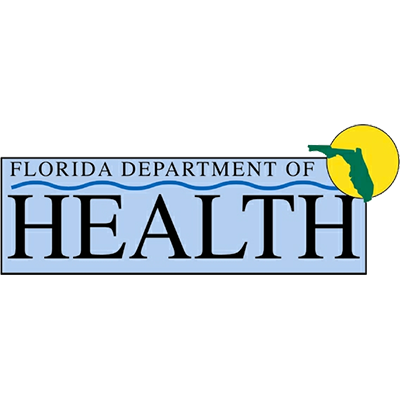Medical practice came an incredibly long way between the 19th and 20th centuries. Barbers were no longer doing surgery. Cancer was much better understood. Americans started getting regular physical examinations by a licensed physician, as many still do today. It is hard to describe exactly how much better things were, as the germ theory eventually made medicine itself many times safer than it had been in the 1800s. In addiction medicine, doctors were still searching for unified theories that could explain the mechanism that was bringing people back to alcohol and other drugs time after time. First came the unified theory of “anti-toxins”, which according to the study I looked at from Joseph and Woods, was a theory involving the injection of morphine or heroin. Lab testing found no basis for anti-toxins, and later the theory of cellular memory was described. Cellular memory would involve a link between memory and the biological processes of the body that caused addicts to return to a drug of choice, but evidence for that theory was again lacking. (Joseph and Woods, 2018)
The research I looked at from Woods and Joseph next describes the work of Lawrence Kolb. Because these early biological theories of addiction did not pan out, by the time the 1930s came, Kolb was able to convince the American medical establishment that all addicts had serious psychological problems, like a personality disorder or psychopathy. His work enabled the American Congress to appropriate money for two large farms that addicts would either go themselves or be forced into by the justice system. These farms were built in 1935 and 1938 in Lexington, Kentucky, and Fort Worth, Texas, and seem very similar to medium-security labor farms, where all immediate needs of patients were taken care of but they could not easily leave and there was no effective drug treatment. The authors of the first study that I used to write this series may have a background in Medication Assisted Treatment from what I could tell. Today we are able to effectively treat people who are deeply physically dependent on opioids with the help of drugs like methadone and suboxone. I have written many times about the efficacy of these drugs, but they were not available at these “labor farms” during this time period. The authors describe daily injections of morphine for opioid-dependent patients, but unfortunately, morphine is a short-acting drug and is not sufficient for tapering patients off of heroin. I write for one of the best drug rehabs in Florida, Florida Spring Wellness and Recovery, and our experts use long-acting medications for detox of opioid addicts, and anything else would likely be much more uncomfortable.
It should also be said that the moralization and demonization that I talk about all the time seems to have been intertwined in the work of Lawrence Kolb. These rural settings, according to the authors, were meant to instill different “values” in the people that came there. My guess is that this meant some sort of prayer initiatives and hard work, but the main problem with this way of thinking is that it ignored the actual source of the problem, which lies in the brain’s chemical balance being disrupted and the mid-brain of the affected person needing to be healed over time, to put it simply. Woods and Joseph go on to note that these addiction farms were eventually closed and turned over to the bureau of prisons, so we can imagine that they were somewhat prison-like all along.
The next section makes it even more clear that the government’s moralizing of addiction disease was based on more than just faulty medical theory, as racism and xenophobia seem to have been at the core of the “labor farm” effort. This way of thinking intensified even after the farms closed, as the government began efforts to simply jail addicts for longer and longer periods.
According to Joseph and Woods, “With the increase in street crime and the ethnic transformation of the people who experienced opioid addiction (from older white non-Hispanic men and women to young minorities and the children of immigrants), the federal government sought to tighten up the Harrison Act by passing the Boggs Act and the Narcotic Control Act. These Acts included strict punishment for possession and sale of narcotics which were far beyond sentences for other comparable offenses.”
Tomorrow I will continue with part two of this series on 20th-century addiction, as eventually, New York City will become an important place for new research on addiction in the United States. Some of you may have read my work on the first methadone centers in the United States, and the studies on methadone that came out of New York in the 1980s. We will explore any connections that may exist between 1960s New York addiction medicine and the eventual move to methadone maintenance in that city. As always, if you or a loved one needs help with substance use disorder, including addiction to alcohol or any drug, the best drug rehabilitation in Florida is available at Florida Springs Wellness and Recovery in Panama City, Florida, and more information is available on the programs tab of this website.
By T.A. Cannon (Contact me at TACannonWriting@gmail.com)
References
“Changing the Treatment Direction for Opiate Addiction: Dr. Dole’s Research”, Joseph, Herman; Woods, Joycelyn Sue. Substance Use & Misuse. 2018, Vol. 53 Issue 2, p181-193. 13p. 2 Charts. DOI: 10.1080/10826084.2017.1400069. Database: Psychology and Behavioral Sciences Collection



